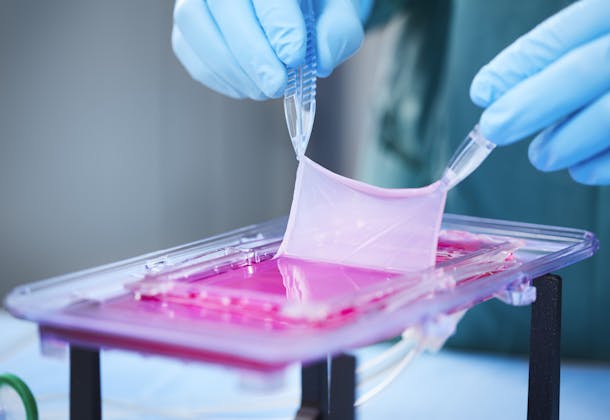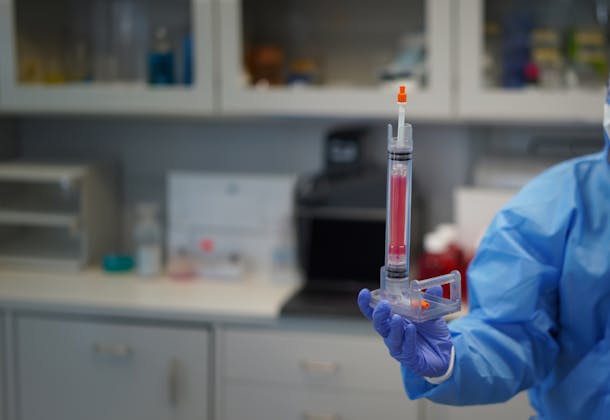Press release
Related Press

24 June 2021
CUTISS
CUTISS AG, a Swiss clinical-stage life sciences company focused on skin regenerative medicine and tissue engineering, has unveiled the world’s first automated machine to produce customized skin tissue...

22 September 2022
AHEAD
CSEM will help develop 3D-printed pipes for CEN particle detectors and the international space station....

22 February 2024
CSEM and ClexBio create a bioreactor for tissue-engineered cardiovascular implants
The teams at CSEM and at ClexBio have developed a process for engineering vein grafts comprised of human tissue material that integrates into the patient’s body and can turn into real, living tissue....
